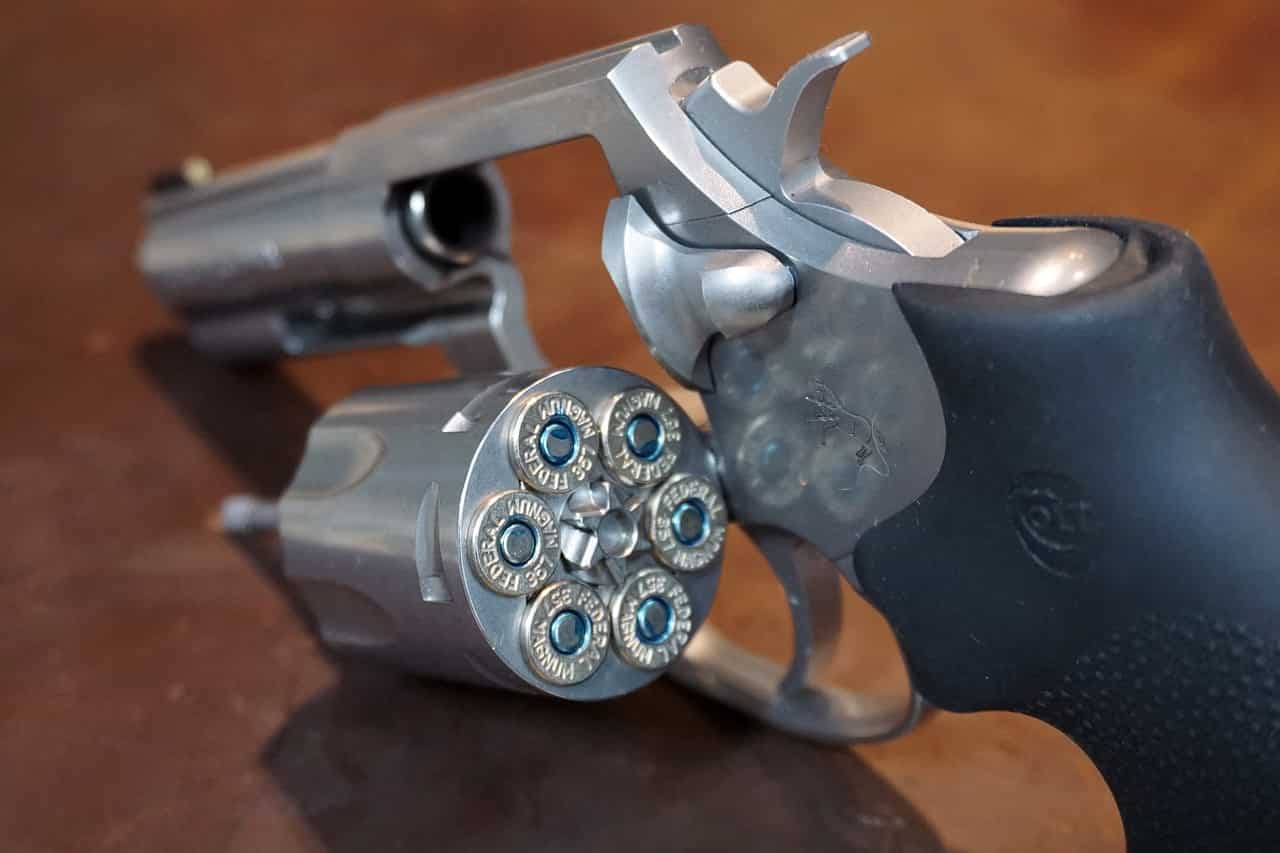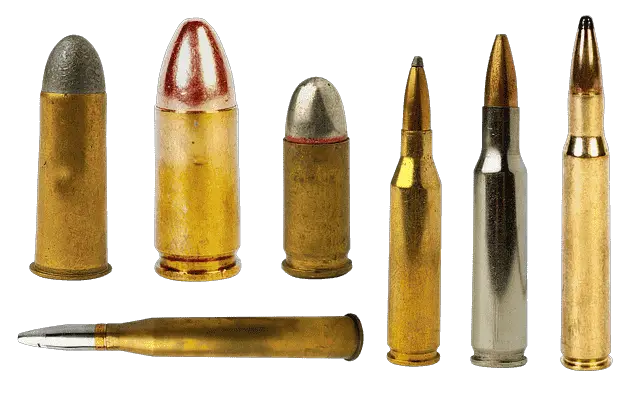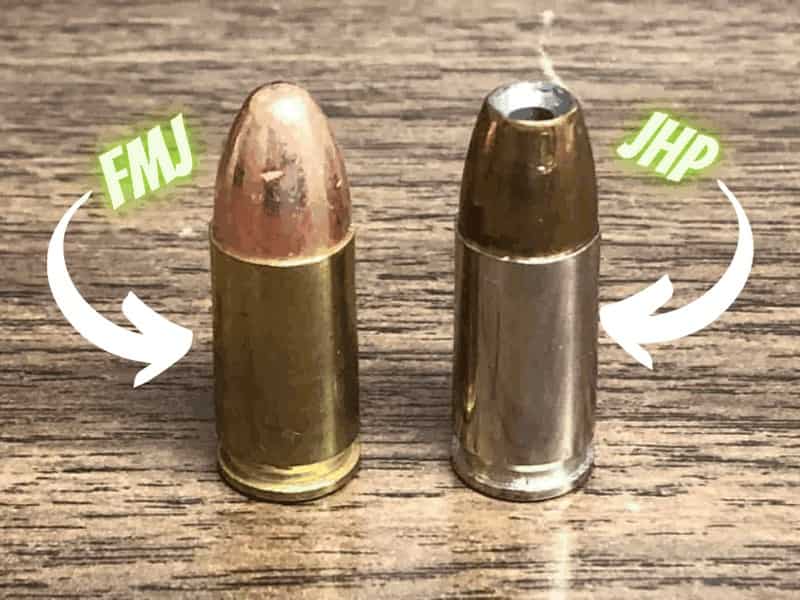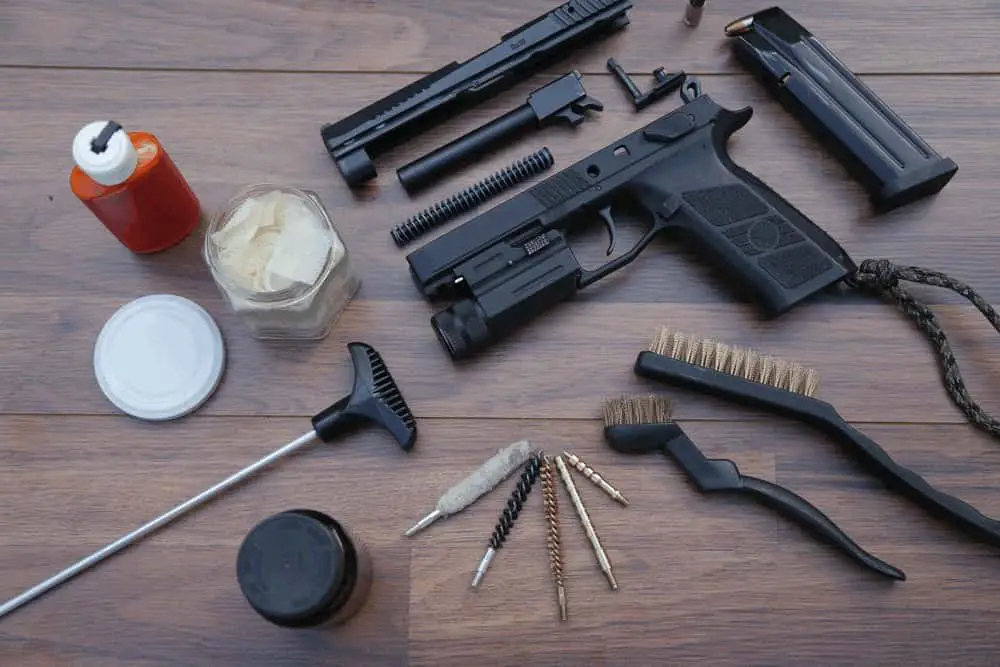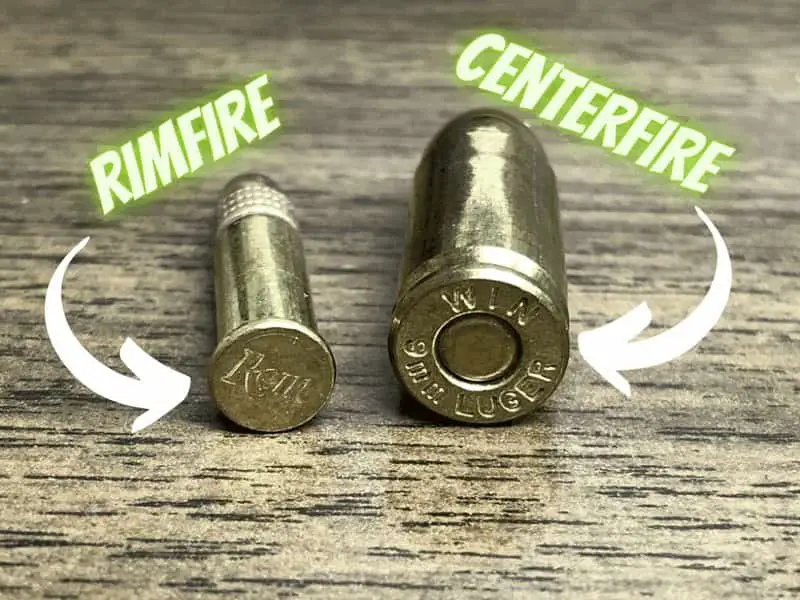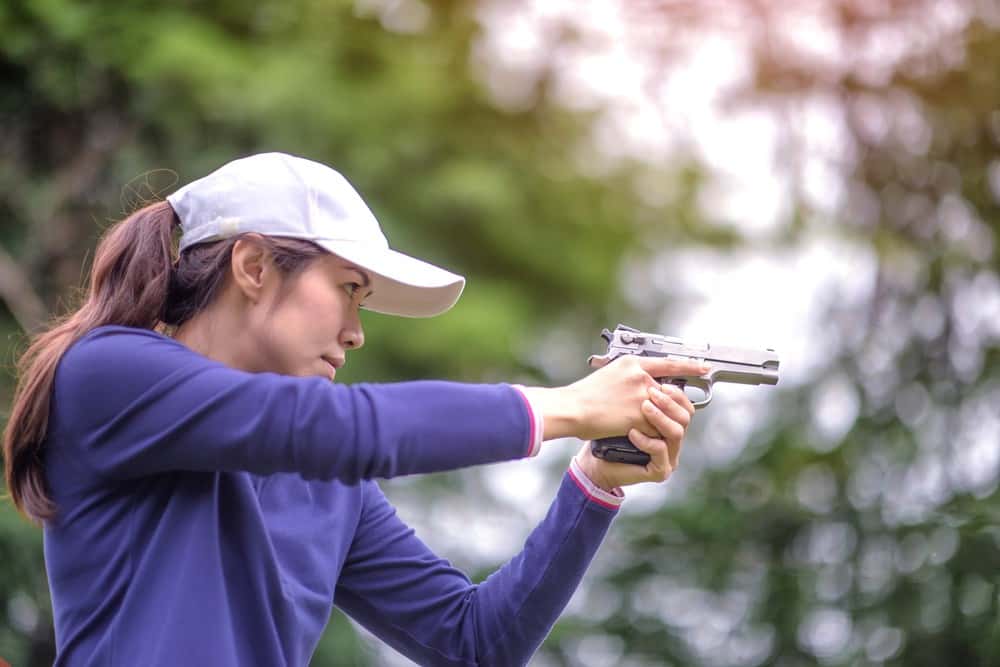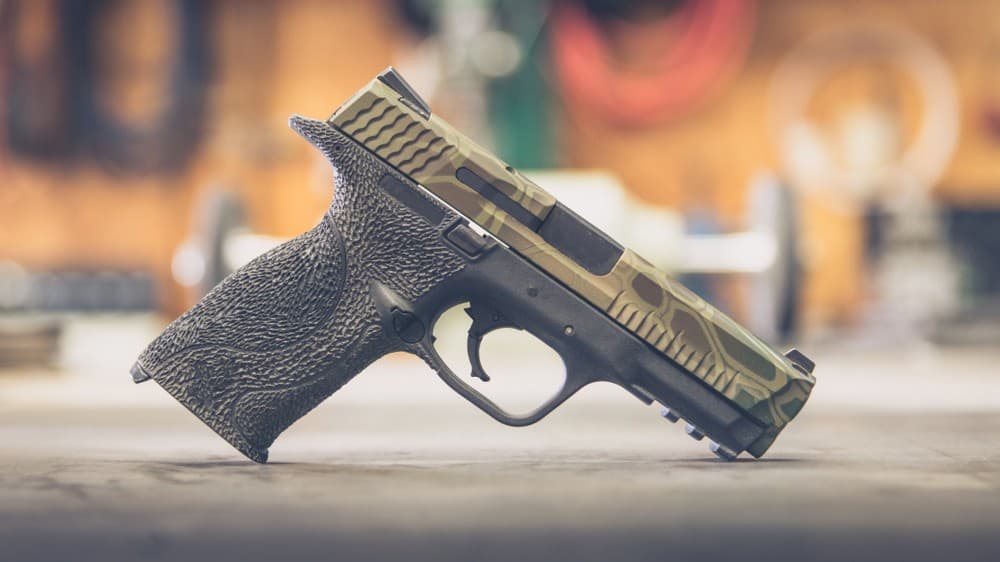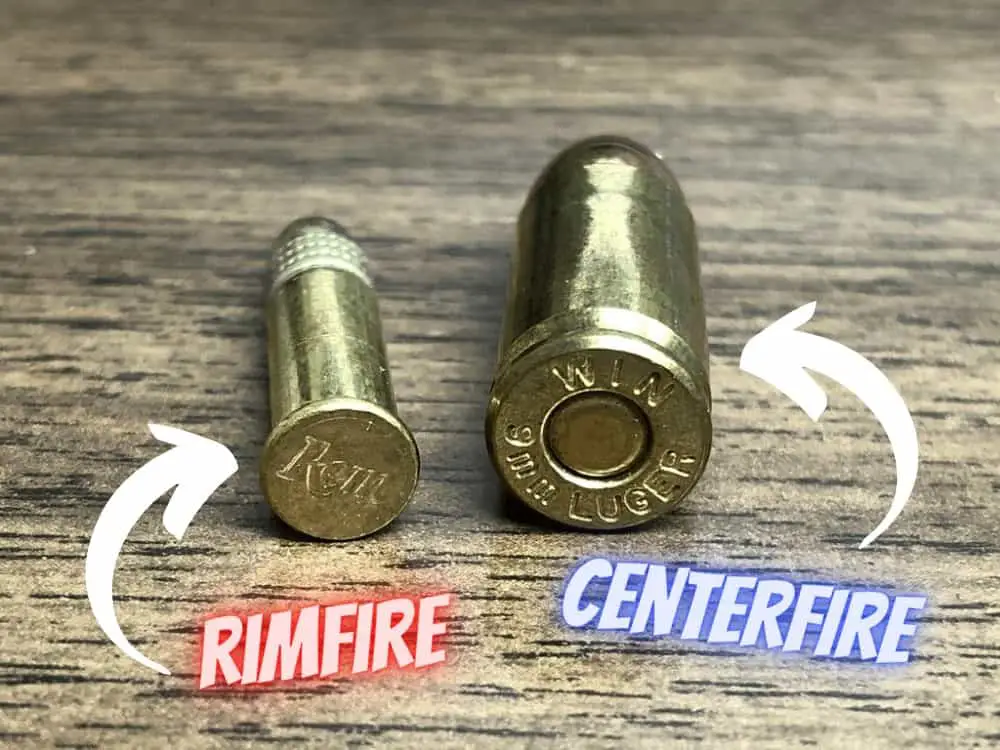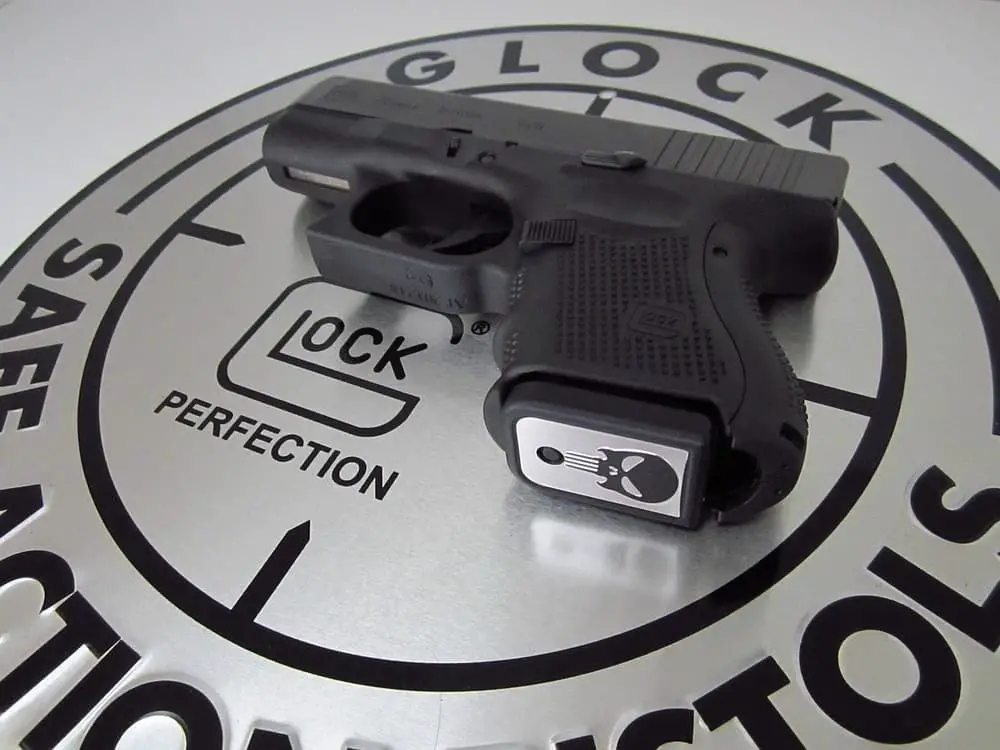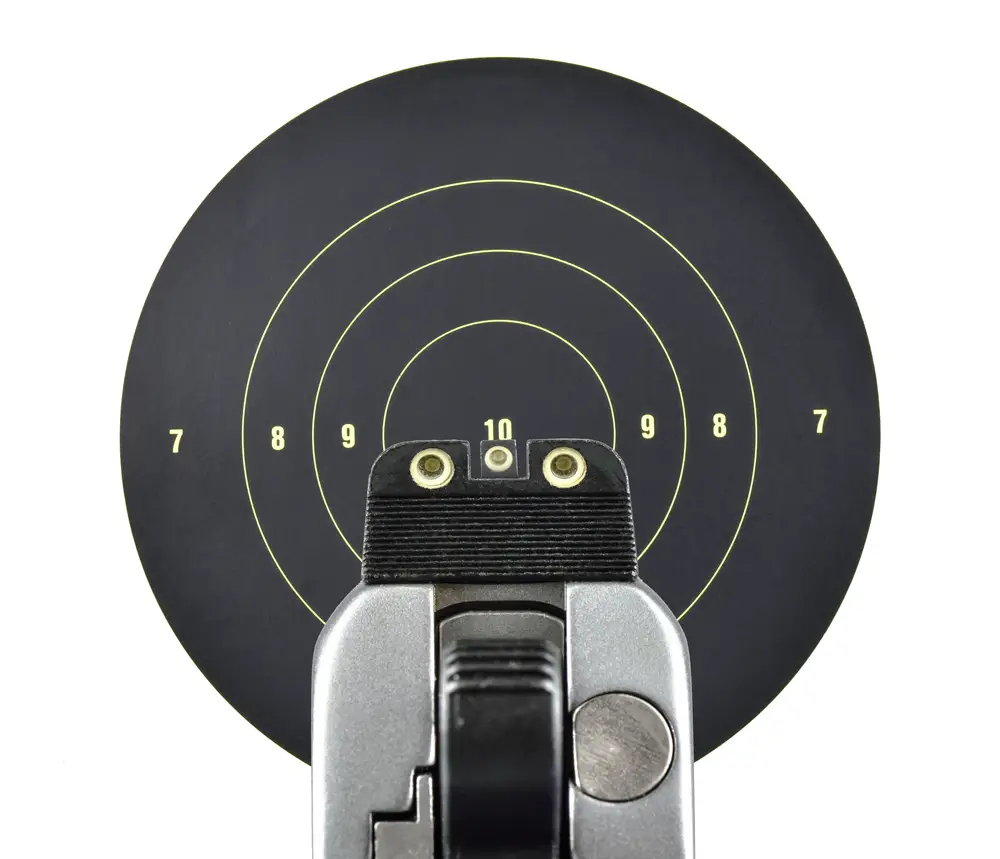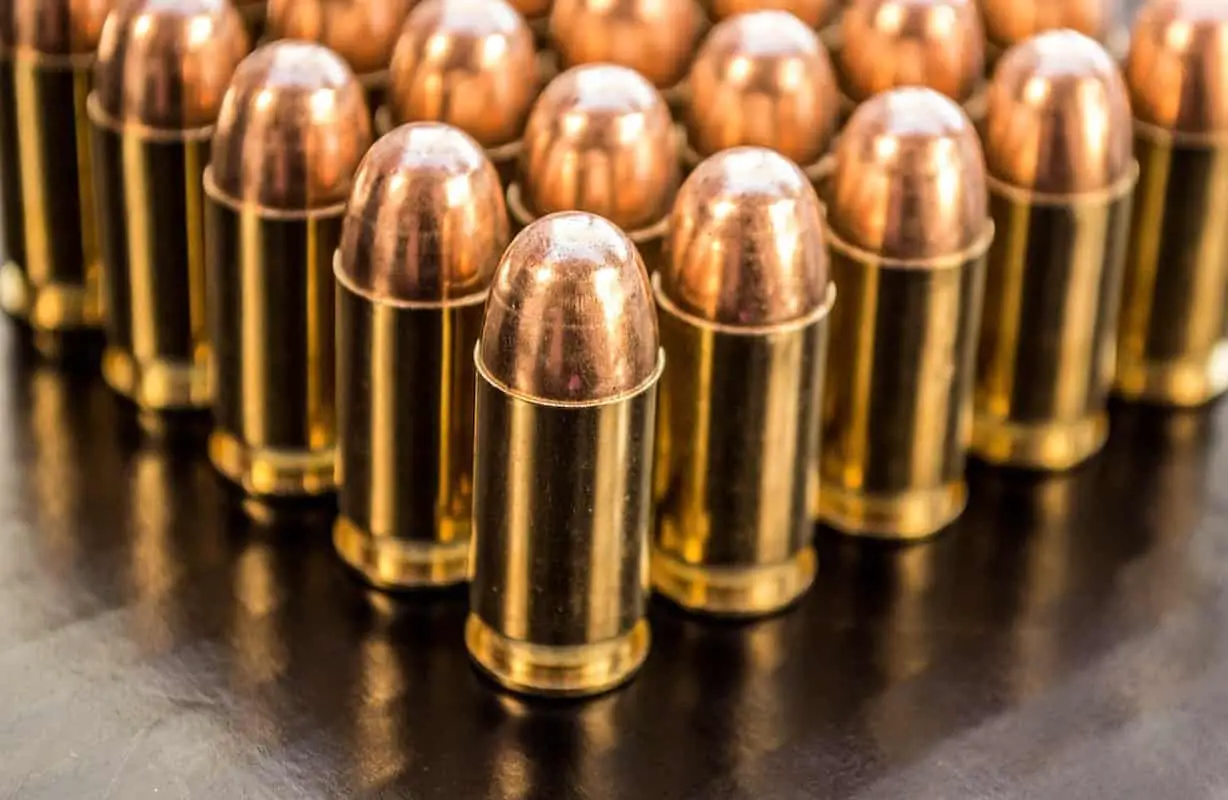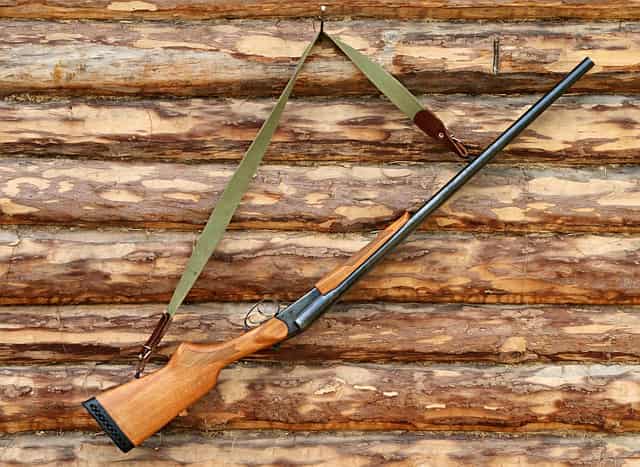
When it comes to dove hunting, one of the most important skills a hunter must master is knowing how far to lead a dove at 40 yards. This distance can be particularly challenging for many hunters, as it requires a great deal of skill and practice to get right. The key to success lies in understanding the behavior of doves and their tendency to fly erratically, as well as the limitations of your shotgun and ammunition.
There are a number of factors that can affect your ability to lead a dove at 40 yards, including the size of your shot, the pattern of your shotgun, and the agility of the bird itself. Hunters must also be aware of any regulations or hunting laws that may apply in their area, as well as the importance of proper clothing, shelter, and camouflage. With the right training and practice, however, even novice hunters can learn to master this challenging distance and become skilled dove hunters.
Understanding Lead and Distance
What is Lead?
Lead is the amount of space that a shooter needs to aim in front of a moving target in order to hit it. When shooting at a moving target, such as a dove, hunters need to lead the target to account for the time it takes for the shot to reach the target.
Factors Affecting Lead
The amount of lead required to hit a dove at 40 yards can vary depending on a number of factors. These factors include the speed of the bird, the distance of the shot, the type of shotgun and ammunition used, and the skill level of the shooter.

How Far to Lead a Dove at 40 Yards?
When shooting at a dove at 40 yards, the amount of lead required will depend on the speed of the bird and the type of shotgun and ammunition used. A general rule of thumb is to lead the bird by about 3 to 4 feet, or about the length of the bird’s body.
It’s important to note that shooting at a moving target like a dove requires skill and practice. Hunters should take a course on shooting moving targets and practice regularly to improve their aim and accuracy.
In addition, it’s important to follow all hunting laws and regulations, including those related to the use of weapons and clothing. Sporting clays can also be a great way to improve your shooting skills and accuracy, as well as to learn more about the sport of hunting.
When shooting at a dove, it’s important to consider the impact of the shot on the bird and the surrounding wildlife and environment. Using a field gun with a tight pattern of pellets can help to minimize the number of pellets that miss the target and reduce the potential impact on other wildlife and water sources.
Practicing Your Shot
The Importance of Practice
For hunters looking to hit their targets accurately, practice is key. Shooting a dove at 40 yards requires skill and precision, and the only way to achieve this is through consistent practice. By practicing regularly, hunters can develop their aim, improve their technique, and get accustomed to the feel of their gun.
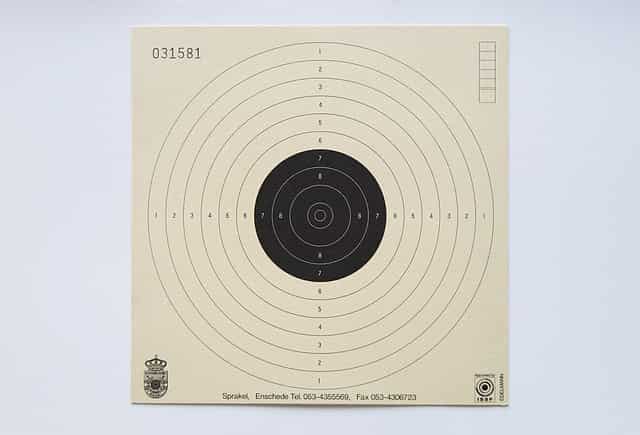
Best Practices for Practicing Your Shot
To get the most out of their practice sessions, hunters should follow these best practices:
- Start with closer shots: Before attempting to hit a dove at 40 yards, hunters should start with closer shots to build their confidence and accuracy.
- Use smaller shot sizes: When practicing, hunters should use smaller shot sizes to simulate the size of a dove. This will help them get a better understanding of the patterns their pellets create.
- Practice in different environments: Hunters should practice in different environments to get accustomed to shooting in different conditions. This could include shooting on a rifle course or in a field with agile game birds.
- Use a field gun: When practicing for dove hunting, hunters should use a field gun rather than a sport gun. Field guns are better suited for hunting game birds and will help hunters get a feel for shooting in the field.
- Focus on technique: Hunters should focus on their technique when practicing, paying attention to their stance, grip, and aim. By improving their technique, hunters can improve their accuracy and precision.
- Join a club: Joining a shooting club can provide hunters with access to shooting ranges and other resources for practicing their shot.
By following these best practices, hunters can improve their shooting skills and increase their chances of hitting a dove at 40 yards.
Equipment and Accessories
Shotgun and Barrel Selection
When it comes to shooting doves at 40 yards, the right equipment can make all the difference. A shotgun with a 12-gauge or 20-gauge barrel is ideal for this task. The barrel should be at least 26 inches long to provide a good balance between accuracy and maneuverability. A longer barrel may be more accurate, but it can also be cumbersome to carry around in the field.
Shot Size and Pellet Count
The right shot size and pellet count can also have a significant impact on your success when shooting doves at 40 yards. For this distance, a shot size of 7.5 or 8 is recommended. These sizes provide enough power to take down a dove without causing excessive damage to the bird. As for pellet count, a load of 1 1/8 ounces is a good choice for 12-gauge shotguns, while 7/8 ounces is better suited for 20-gauge shotguns.
Dove Decoys and Camouflage
Using dove decoys and camouflage can help you blend in with your surroundings and increase your chances of success. When selecting decoys, choose ones that are realistic and have natural-looking colors. Place them in a way that mimics the natural behavior of doves. As for camouflage, choose clothing that matches the environment you will be hunting in. This will help you blend in and remain undetected by the doves.
In summary, when shooting doves at 40 yards, it is crucial to have the right equipment and accessories. A 12-gauge or 20-gauge shotgun with a 26-inch barrel, a shot size of 7.5 or 8, and a pellet count of 1 1/8 ounces (for 12-gauge) or 7/8 ounces (for 20-gauge) is recommended. Using dove decoys and camouflage can also increase your chances of success.
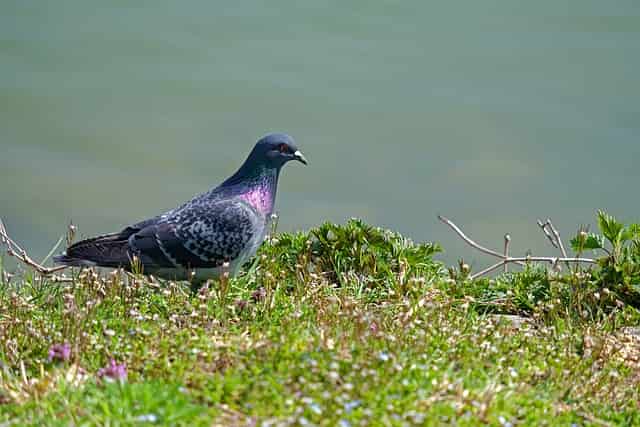
Regulations and Safety
Hunting Regulations for Doves
When it comes to hunting doves, hunters must follow specific regulations to ensure the safety of both the hunters and the game. Regulations vary from state to state, so it is essential to check with the local wildlife agency before heading out.
Some common regulations for dove hunting include the following:
- Hunting season: There is a specific hunting season for doves, which varies from state to state. Hunters must follow the designated dates and times for hunting doves.
- Bag limits: There are specific bag limits for doves, which vary from state to state. Hunters must not exceed these limits.
- Hunting license: Hunters must have a valid hunting license to hunt doves, which can be obtained from the local wildlife agency.
Safety Precautions for Dove Hunting
Dove hunting can be dangerous if safety precautions are not taken seriously. Hunters must follow specific safety guidelines to ensure their safety and the safety of others.
Some common safety precautions for dove hunting include the following:
- Shelter: Hunters must seek shelter in a safe area, away from other hunters, to avoid accidents.
- Surprise: Hunters must always be aware of their surroundings and avoid surprising other hunters.
- Hunting laws: Hunters must follow all hunting laws and regulations to avoid accidents and legal consequences.
- Weapons: Hunters must handle their weapons with care and only shoot when they have a clear shot.
- Clothing: Hunters must wear appropriate clothing to protect themselves from the elements and avoid accidents.
- Food: Hunters must bring enough food and water to sustain them throughout the day.
By following these regulations and safety precautions, hunters can enjoy a safe and successful dove hunting experience.

Jason Huskey
Owner of CCWClasses.net
Jason Huskey is a family man with three kids and a wonderful wife. He’s always starting new hobbies, but his true passion lies in shooting sports. Jason has been a CCW license holder for over 10 years and carries every day. In addition to firearms, he also enjoys playing guitar and writing songs. He tries to live by the Christian values he believes in.
More things you might enjoy…
Can a 38 Special Shoot 357 Rounds?
Image by MikeGunner from Pixabay I’ve long since discovered that very few activities give me the same thrill and sense of security as firing a gun. As a gun owner and enthusiast, I’ve always been curious about which guns can shoot which kinds of ammunition. I have a Derringer five-shot revolver that uses .22 rounds.…
Who Makes the Most Popular Brands of Ammo
If you are here to figure out who makes Herter’s ammo just look below the following table for a more thorough answer. If you are looking for a specific type of ammo, then you need to start by figuring out who makes it. There are lots of options for ammunition and each type of bullet…
What Does Full Metal Jacket Mean?
If you have heard the term full metal jacket, then you might be wondering what this means. I know that growing up, I heard this term a lot. I dismissed it as some sort of saying or cliche. Eventually, I decided that I needed to figure out what people meant when they use this term.…
How Often Should You Clean Your Gun?
After purchasing a firearm, you might wonder how often you should clean your gun. The truth is that it largely depends on how often you use it and where you live. Keep reading to learn more. How Often Should You Clean Your Gun? The short answer: do a light cleaning after every shooting session and…
What Is The Main Difference Between Centerfire And Rimfire Ammunition?
Rimfire vs Centerfire Everyone has to start somewhere. If you’re new to guns, learning the difference between rimfire and centerfire ammunition is important. Let me backtrack a moment. The first time I went out on the gun range, I had zero idea that there were different types of ammo for different types of weapons. All I knew…
Continue Reading What Is The Main Difference Between Centerfire And Rimfire Ammunition?
How Should You Hold a Handgun for Maximum Accuracy?
Whether it’s for sport or you find yourself in a defensive situation where you need to use a handgun, how you hold it will significantly affect your accuracy. Developing your handgun techniques will help you become a better shot and keep you safe. Read on to learn the answer to the question: How should you…
Continue Reading How Should You Hold a Handgun for Maximum Accuracy?
What Is Stippling On A Gun?
Hey, would you like a more firm grip on your gun? Would that help you shoot better? Well that is what stippling is for. Stippling is a modification to the grip that makes it, well, more grippy. It is done by sanding off the original finish and then using a hot soldering iron to make…
What Is A Centerfire Pistol?
To answer the question: “What Is A Centerfire Pistol?”, you must first understand that there are two main types of ammunition: Centerfire Rimfire These ammo categorizations are based on where the firing pin hits the back of the bullet to make it fire. A centerfire pistol is one where the firing pin strikes the center…
Is It Bad To Dry Fire A Glock?
There are loads of myths and assumptions surrounding handguns. If you grew up around guns, you probably heard some of these myths. Today, we will answer the question: Is it bad to dry fire a Glock. The Quick Answer Dry firing modern centerfire guns is completely fine (this includes most Glocks). The firing pin does…
What Is The Sight Picture?
When you first became interested in shooting you probably heard the terms sight picture and sight alignment being thrown around. Most people tend to use the two terms interchangeably; however, they do not mean the same thing. In this guide, I will make a clear distinction between sight picture and sight alignment. To master any new trade, you must…
What is Ball Ammo
When you hear the term “ball ammo” you may be picturing an actual ball. While the term did originate from ball shaped ammo, that’s not what it means today. Most ball ammo today is cylindrical in shape. It will have a lead core coated with copper. Keep reading to learn all about the history and…
